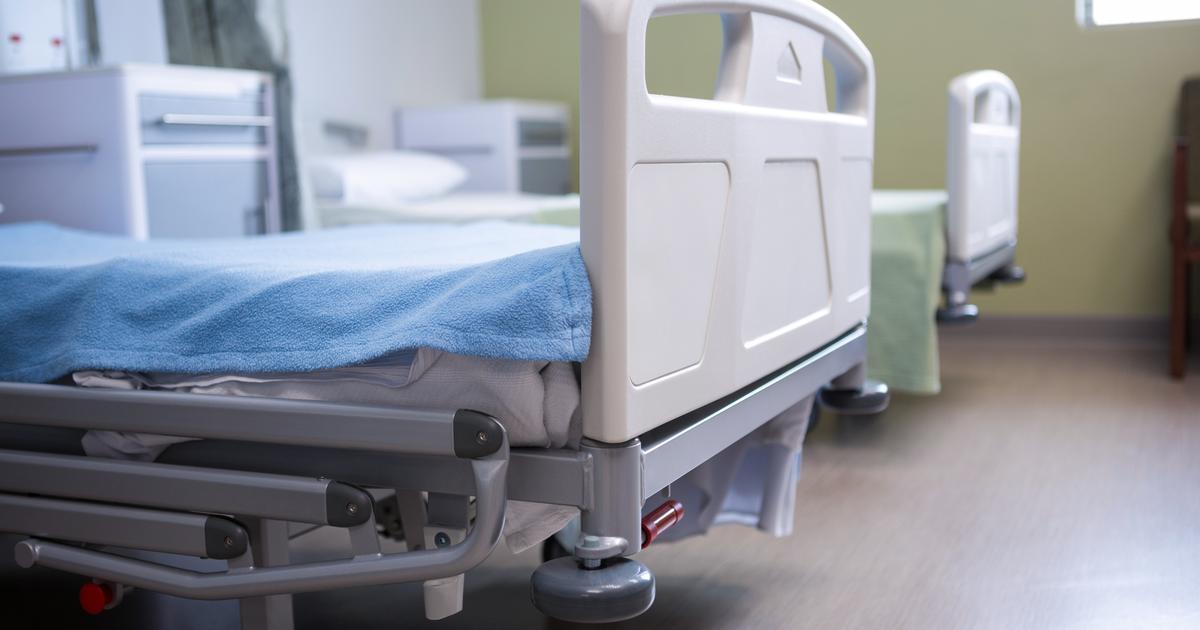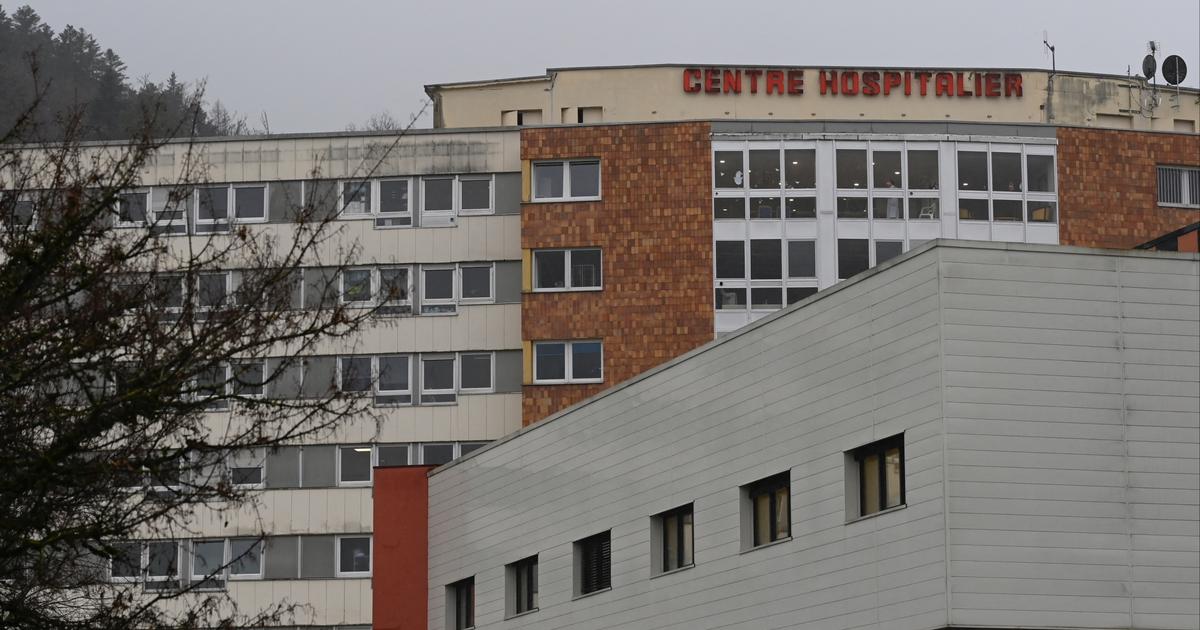Between the end of 2021 and May 2022, the closure of hospital beds has agitated the presidential campaign.
A few months later, the DREEs publishes this Tuesday an inventory of the situation of health establishments in 2020, year 1 of the Covid-19 pandemic.
The finding confirms the first estimates of the statistical service attached to the Ministry of Health, dating from last September: if the number of full hospital beds - in other words, with overnight stays - has been on a downward slope for ten years, the Covid-19 crisis accentuated this trend in 2020.
In total, 4,900 beds were closed in 2020, a decrease of 1.2% compared to the end of 2019, notes the report, with reception capacities reaching 387,000 beds at the end of the year.
This decline is more marked than the dynamics of previous years, which averaged -0.9% per year between 2013 and 2019.
Read alsoHow hospitals are now trying to avoid sinking
The fall in the number of beds must be analyzed in the context of the shift towards ambulatory care - that is to say without overnight stays - at work for the past twenty years in the hospital.
If it was more marked that year, “
this is probably linked to the context of the Covid-19 epidemic and its consequences on hospitalization capacities and hospital human resources
”, advances the DREES.
Several factors have come into play, including the deprogramming of non-urgent operations, the reassignment of certain personnel to critical care services, as well as the transformation of many double rooms into single rooms to avoid contagion of the virus.
Increase in the number of critical care beds
“
This decline is, however, disproportionate to the concomitant decline in overall hospital activity, induced by the health crisis
”, nuances the document: the deprogramming of non-urgent care, due to the pandemic, is one of them. causes, with containment measures and barrier gestures as well as the increase in the non-use of hospitals, caused by the fear of being contaminated by Covid.
This unprecedented decline in hospital activity has also weighed on partial hospitalization places, which had increased by 2.5% per year on average from 2013 to 2019. In 2020, by way of comparison, they only increased than 1.7% (+1300 places).
An increase “
mainly driven by private clinics, while the health crisis seems to have slowed down the dynamic in public hospitals and private non-profit establishments
”, specifies the statistical service.
Similarly, the health crisis has pulled down the number of emergency room visits (-17.3% compared to 2019), marking "
a break with the continuous and dynamic growth observed since 1996
".
Read alsoThe hospital faces an unprecedented crisis of vocation and attractiveness
As noted by DREES in September, while the number of full hospital beds fell significantly between the end of 2019 and the end of 2020, the Covid-19 pandemic led to a significant increase in critical care capacities, which support patients whose state of health is very worrying.
The latter were already on an upward trend before the crisis (+6.9% between the end of 2013 and the end of 2019), but they literally jumped due to the health crisis: the number of critical care beds increased by 3, 6% between the end of 2019 and the end of 2020, “
three times more than the trend of the previous six years
”, indicates the DREES.
In particular, the number of intensive care beds increased by 14.3%.
Lack of staff
It should be noted, however, that these data on hospital beds, particularly in critical care, come from a costing carried out on December 31 of each year.
However, “
with the health crisis linked to the Covid-19 epidemic, the number of beds has experienced strong variations during the year 2020, according to the epidemic waves
, points out the Drees.
The temporary deployment of beds to deal with the pandemic is therefore not included in this end-of-year inventory.
The service is therefore unable to provide data on the number of beds open on average over the whole of 2020.
Read alsoEmergency crisis: Elisabeth Borne retains “all the proposals” of the “flash mission”
Highly anticipated, data on hospital reception capacities at the end of 2021 will be unveiled by the statistics department at the end of September.
But several professionals interviewed are pessimistic.
“
Bed closures continue,
believes emergency physician Christophe Prudhomme, national CGT Health delegate
, because the planned restructuring operations, accelerated by successive Health Ministers, are always in the same logic: when you renovate a hospital, it there must be at least 20% of bed cuts, that has not changed
”.
And this, despite the health crisis.
For his part, Rémi Salomon considers that it is difficult to estimate the evolution of hospital reception capacities for two years.
But, according to the president of the Conference of Presidents of Establishment Medical Commissions (CME) of CHU, the beds which have been closing in recent months "
are not by choice, but for lack of personnel
".
An end to which many hospitals are forced this summer, in Bordeaux, Besançon, Rennes, Vierzon, Dijon or even Poitiers.
As for “ dry
” bed
closures , “
the vast majority is due to the evolution of care methods, to go to more ambulatory
“, we say to the FHF, which says it does not have more recent figures than the DREES.
There is no doubt that the next publication on this subject will be closely scrutinized, including by political actors.















